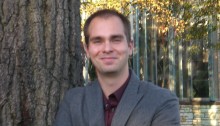Categorizing History
Next semester (like every semester), I am going to try something new in my U.S. History survey courses. At the beginning of this semester, when I asked students in my U.S. history survey courses what they wanted to learn, many of them said something like “anything and everything” or “I just want to learn about…

